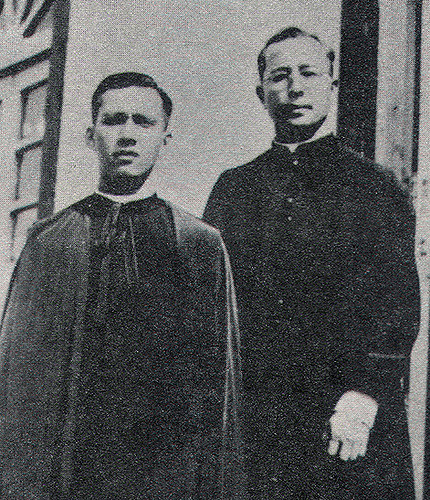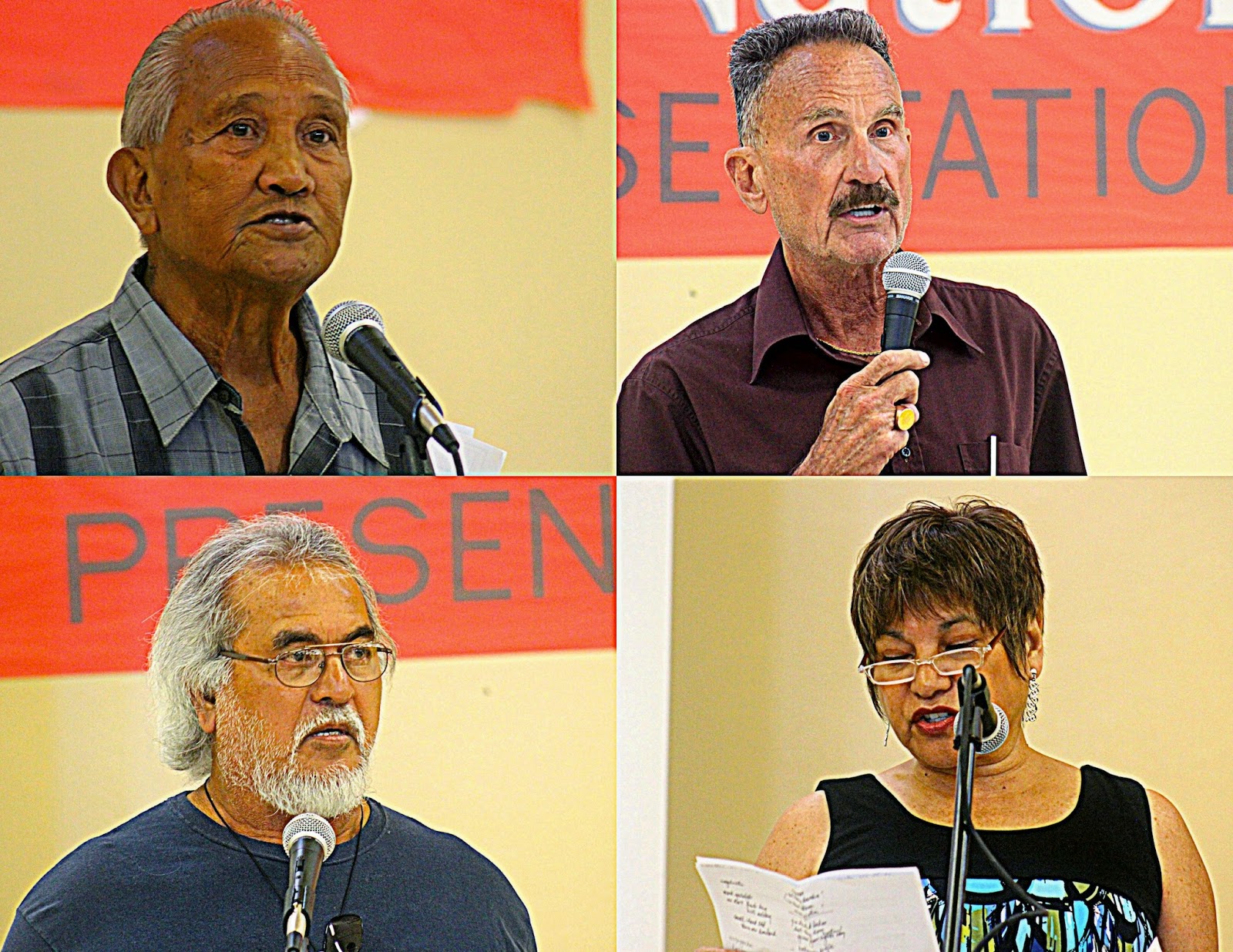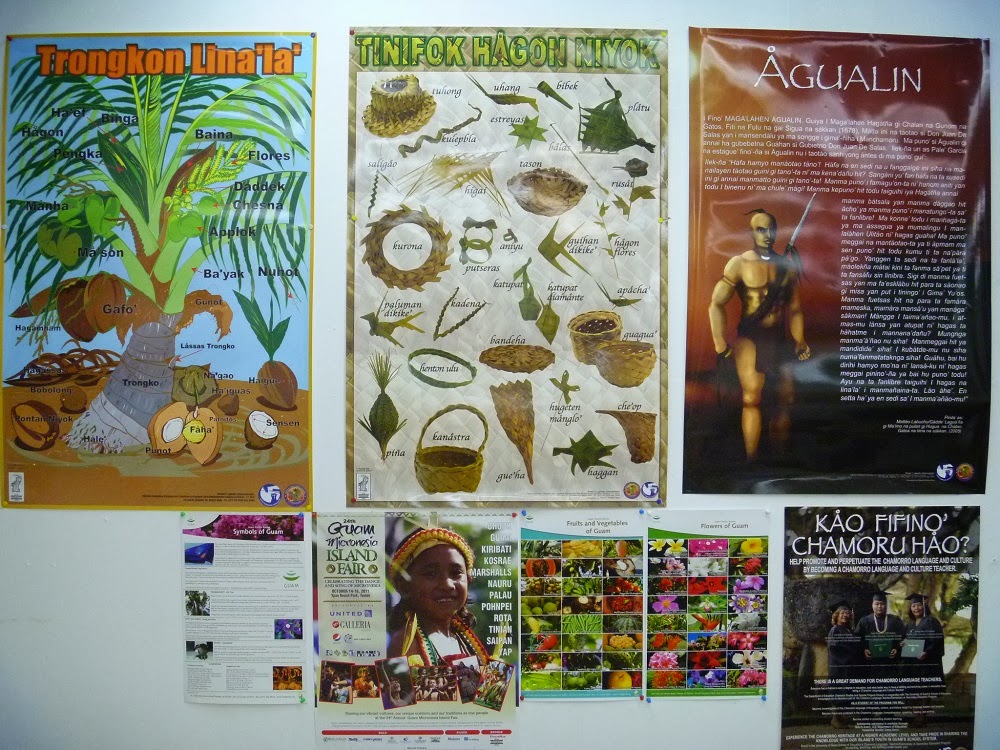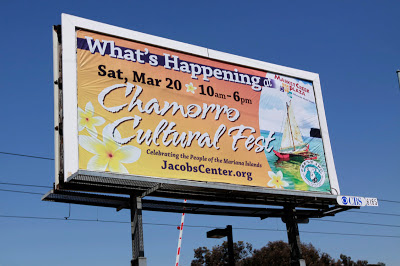Setbisio Para i Publiko #31: Pale' Oscar Lujan Calvo

There is a long list of people whom I wish I had the chance to interview and ask some basic questions, the overwhelming majority of which are Chamorros or from Guam. This long, gof annakko' na lista is divided into two parts. First, those whom passed away long before I was born, and those whose lives overlapped with mine, but I never had the chance to sit down and interview. High on my list was Påle' ( Monsignor) Oscar Lujan Calvo, who was close cousins with my grandfather. Påle' Scot as most Chamorros referred to him was the third ever Chamorro Catholic priest. He went to seminary in the Philippines alongside Påle' Jesus Baza Duenas and Påle' Jose Ada Manibusan was ordained in Manila during the war, but died before he could return to Guam. He returned to Guam and war ordained just a few months before World War II hit the island. He, Påle' Duenas and Reverend Joaquin Sablan were the only religious leaders on the island during World War II, meeting the spiri




